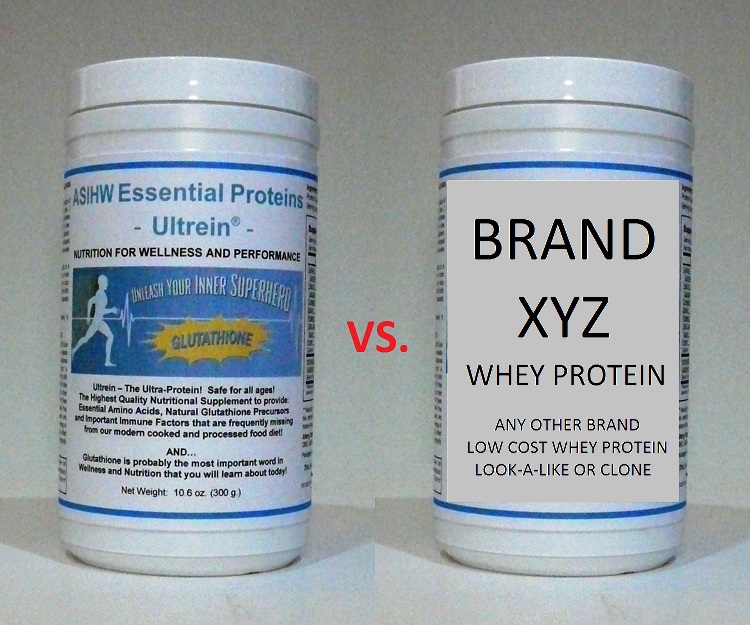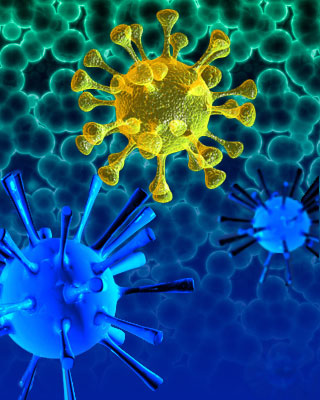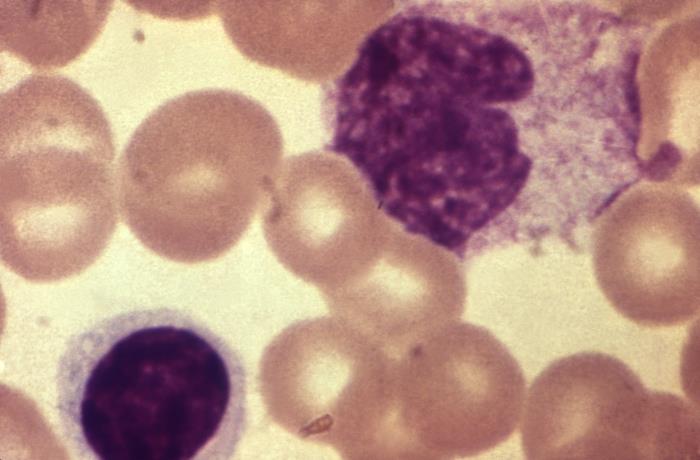What is the difference between Ultrein™ and low cost store whey protein supplements? When the labels are compared they generally look the same from a nutritional point of view.
THE SIMPLE ANSWER:
How they are processed. Ultrein™ is processed to optimize the precursors for glutathione in a way that keeps them bioavailable. Most everything else found in stores and online is processed for economy. In addition Ultrein™ is all natural and has no added flavorings, food colorings, sweeteners, preservatives, fillers, instantizers, herbs, synthetic precursors or other additives - it doesn't need them! It takes less Ultrein™ to have the same effect on the body than other whey proteins. We guarantee that Ultrein™ will safely and effectively raise your glutathione levels. Other manufacturers cannot make this guarantee.
THE COMPLEX ANSWER:
The nutrient labels do not take into account the bioavailability state of the amino acids in the product. That is because the standard for measuring the amino acids actually breaks down the amino acids while measuring them, leaving them in their damaged state as the result of this measurement. So it is impossible to accurately measure the subtle differences with these standards. Therefore labels based on these standards cannot make the distinction between Ultrein™ or other products.
Normal pasteurization damages the constituents of milk - proteins, fats and even the sugars. It requires special expensive pasteurization and filtration techniques to maintain the integrity of milk constituents that are found in Ultrein™ . In addition the processing must be done almost immediately after milking so as to avoid deterioration of the milk that can also degrade the amino acid precursors for glutathione. This normalpasteurization process also destroys most of the innate immune factors found in raw whey protein. On the other hand, Ultrein™ preserves the integrity of these immune factors to allow direct benefit
The majority of whey proteins are actually byproducts produced as a result of high temperature pasteurization techniques used for cheese manufacturing. They used to throw this away but instead now package it as lower cost whey protein. Some manufacturers even state that they use low temperature techniques but neglect to tell you that it is only for a second pasteurization process - the first pasteurization being at high temperature to keep the product "healthy" during shipping to distant processing plants and the second low temperature as part of the final whey processing. Inexpensive whey proteins do provide all of the "essential" amino acids necessary for normal growth and repair and are a great way for the average individual to augment their protein intake.
To compound the issue, many nutritionists and individuals unfamiliar with these distinctions state that any whey protein will satisfactorily build glutathione levels. Extensive laboratory and research testing proves this to be incorrect.
The most accurate way to measure the differences between formulations is in actual test subjects (people and animals) and observe results. This is generally employed via testing of blood glutathione levels. It is the method typically employed by medical researchers. In one case blood glutathione levels of a male at age 67 using Ultrein™ test to those of an average twenty-something year old. In another case a female individual using Ultrein™ at age 93 tests like an average thirty-something year old. That doesn't happen with store bought inexpensive whey proteins unless an individual takes very large doses (if at all).
If you look at the ASIHW website you will see
Micronutrient blood testing through Spectracell. This professional testing looks at overall glutathione and oxidative stress levels, and also includes other co-factor nutrient levels important for the body. It is a great test and can confirm effectiveness of a product in building glutathione levels. It also provides overall oxidative stress levels that include other nutrient interactions. ASIHW consultants coordinate this testing and provide interpretation of these results for our clients that decide to utilize these tests. If one really wanted to know how effective Ultrein™ was in increasing glutathione levels in the body the best way would be to use this
Micronutrient testing before starting an Ultrein™ protocol and again after at least 3 months, but typically after 6-12 months of use.
CONCLUSION:
If an individual is looking for a way to assure that they are getting all of their essential amino acids in their diet then low cost whey proteins are a great way to accomplish this requirement. If an individual is looking to obtain all of their essential amino acids, boost their glutathione levels and provide overall support for their immune system then Ultrein™ would seem to be the obvious solution!
















